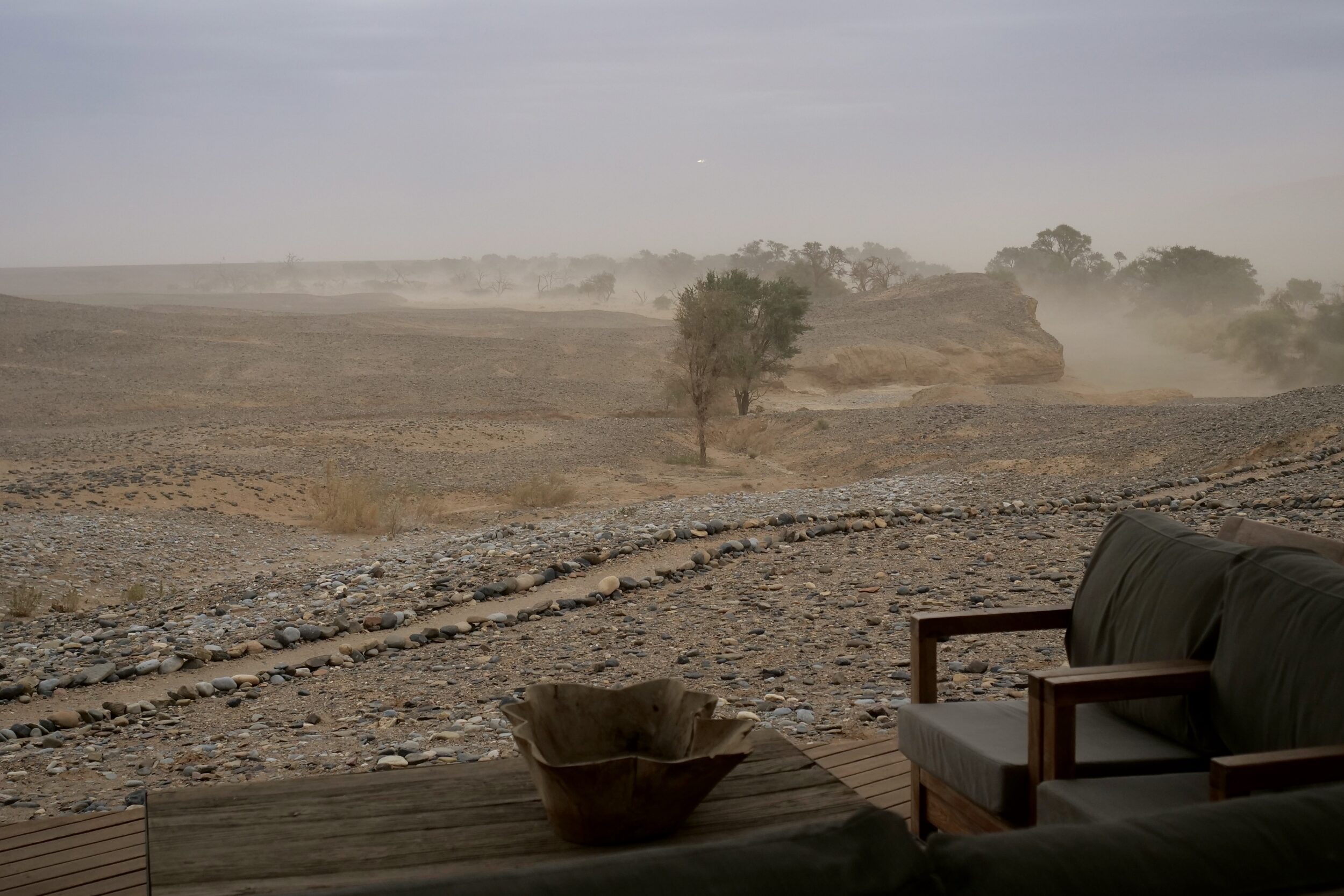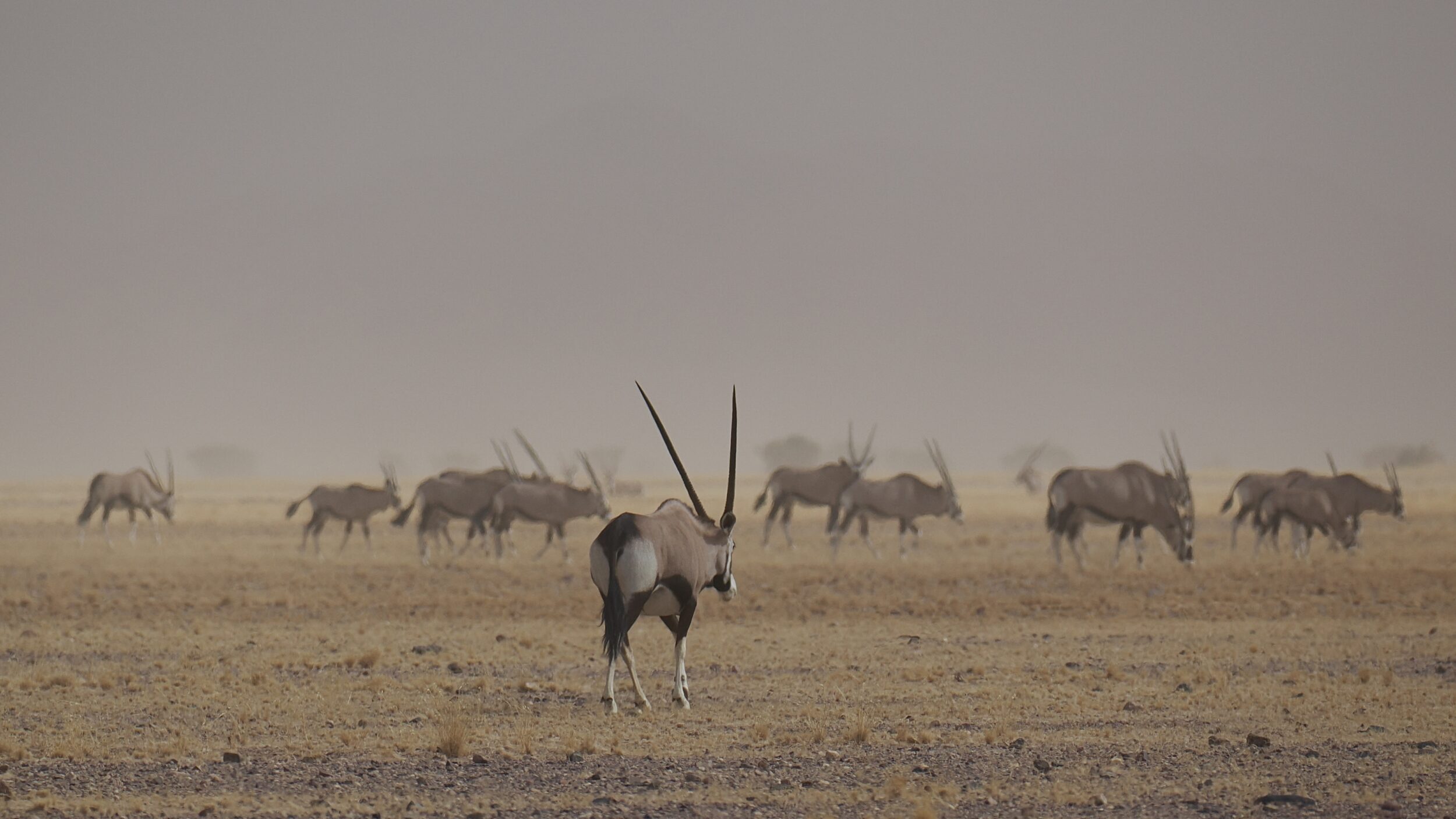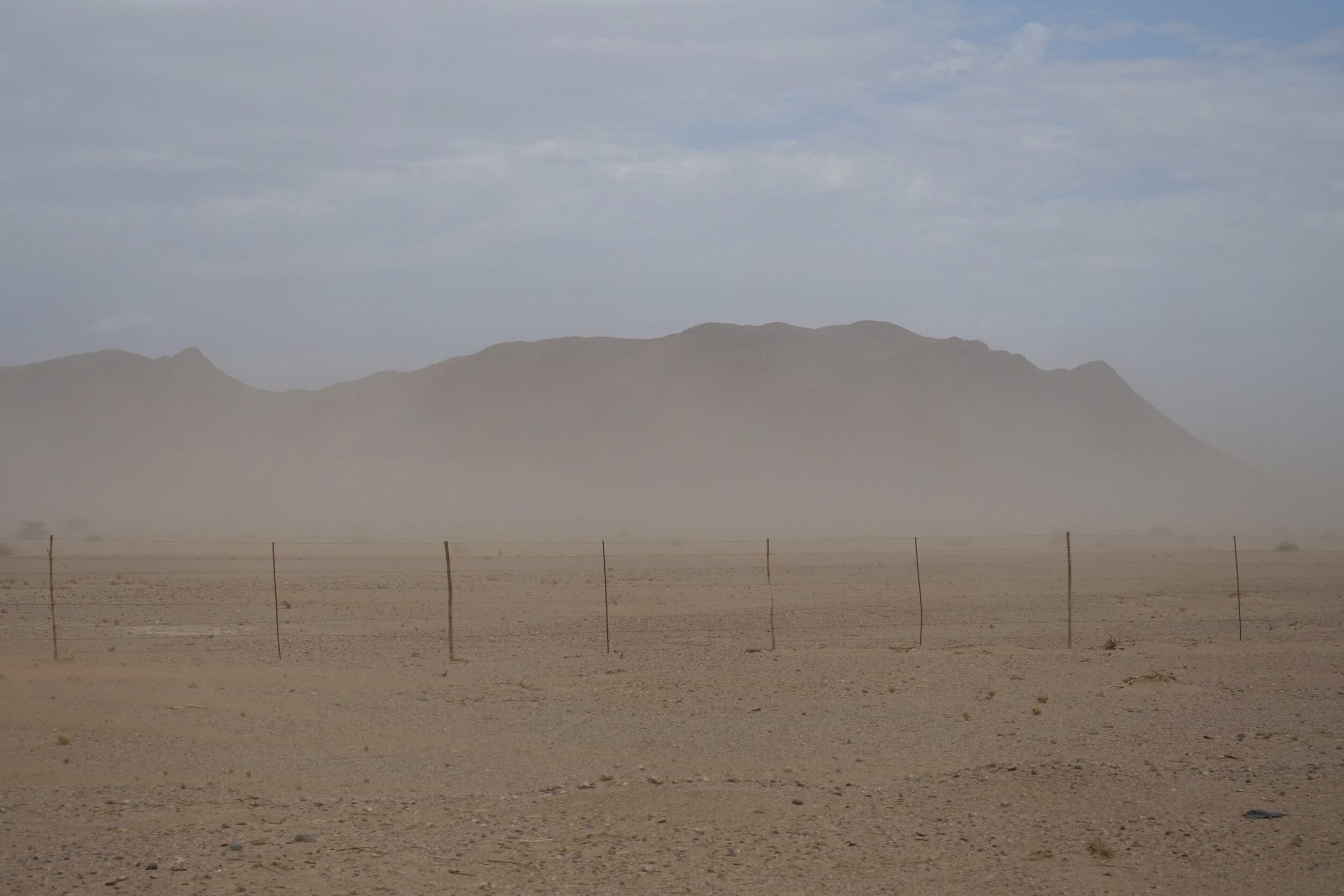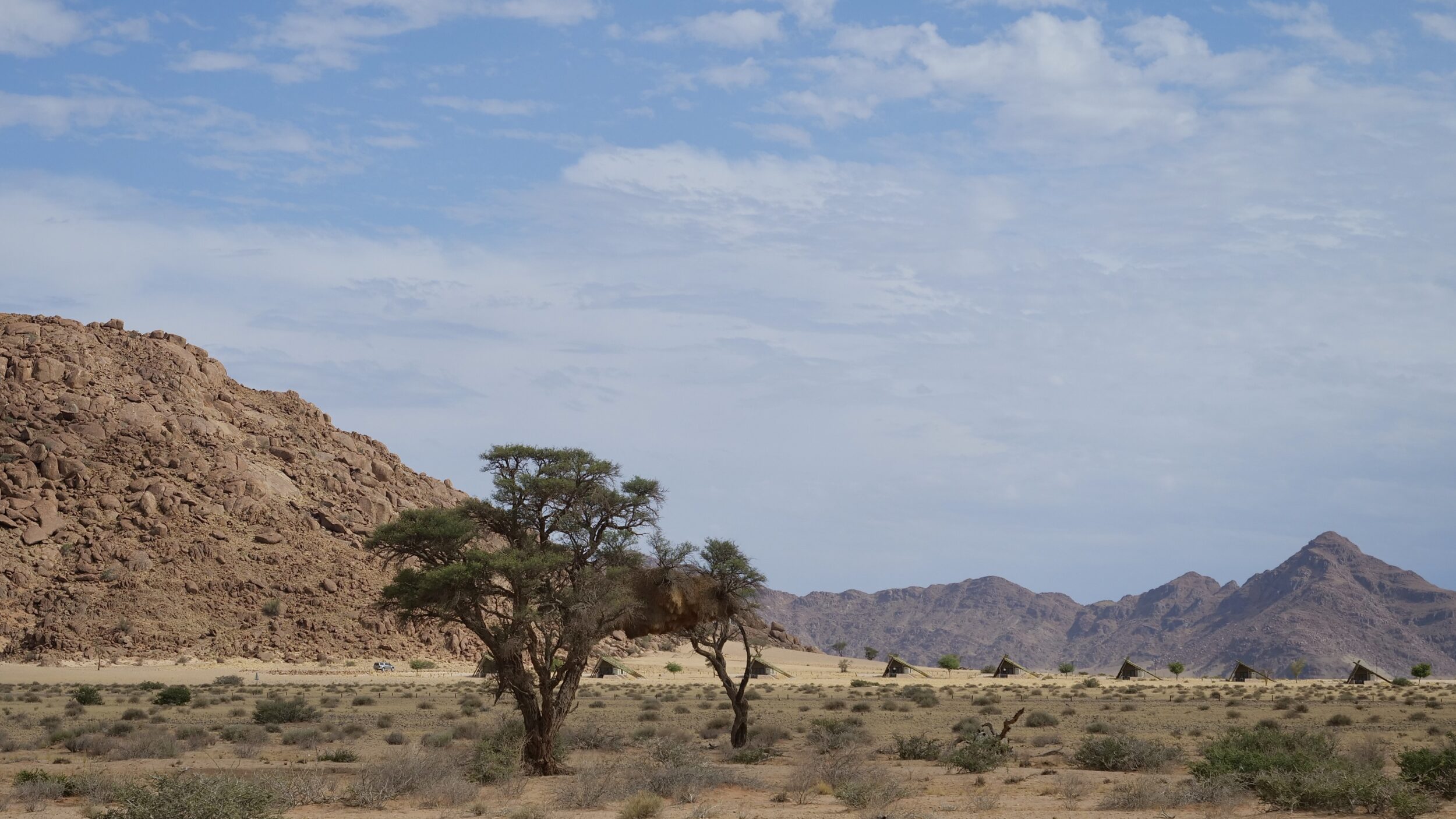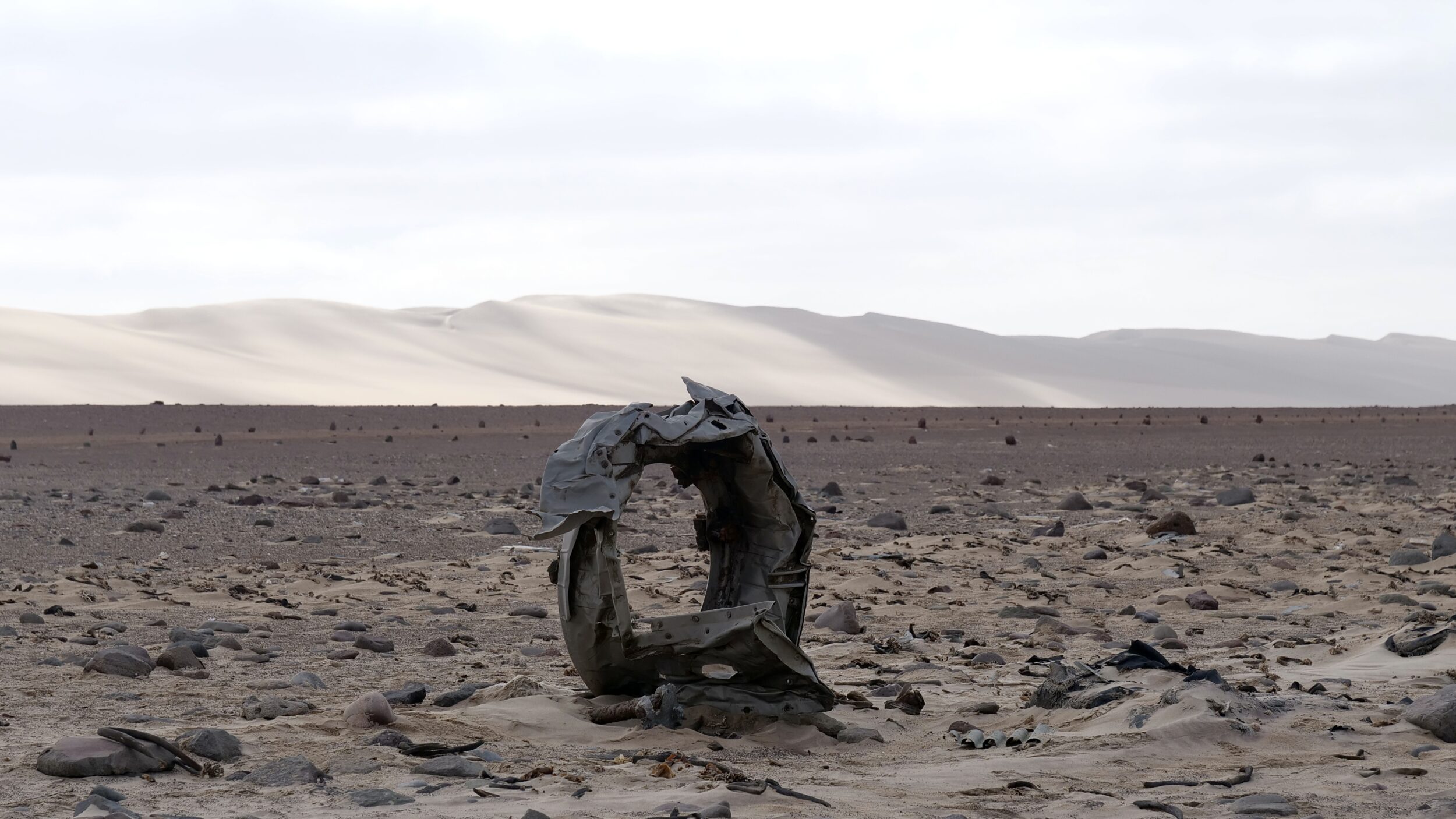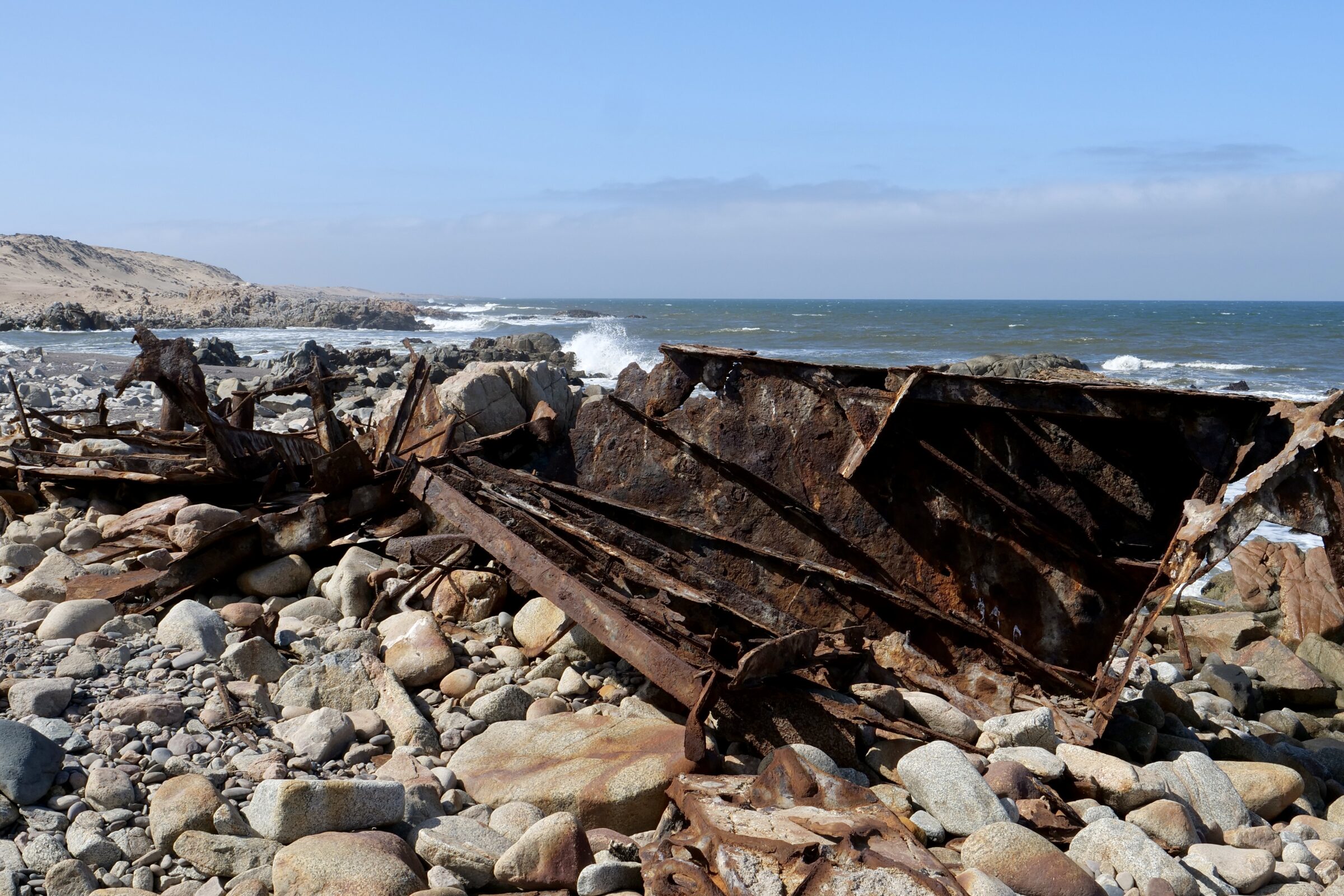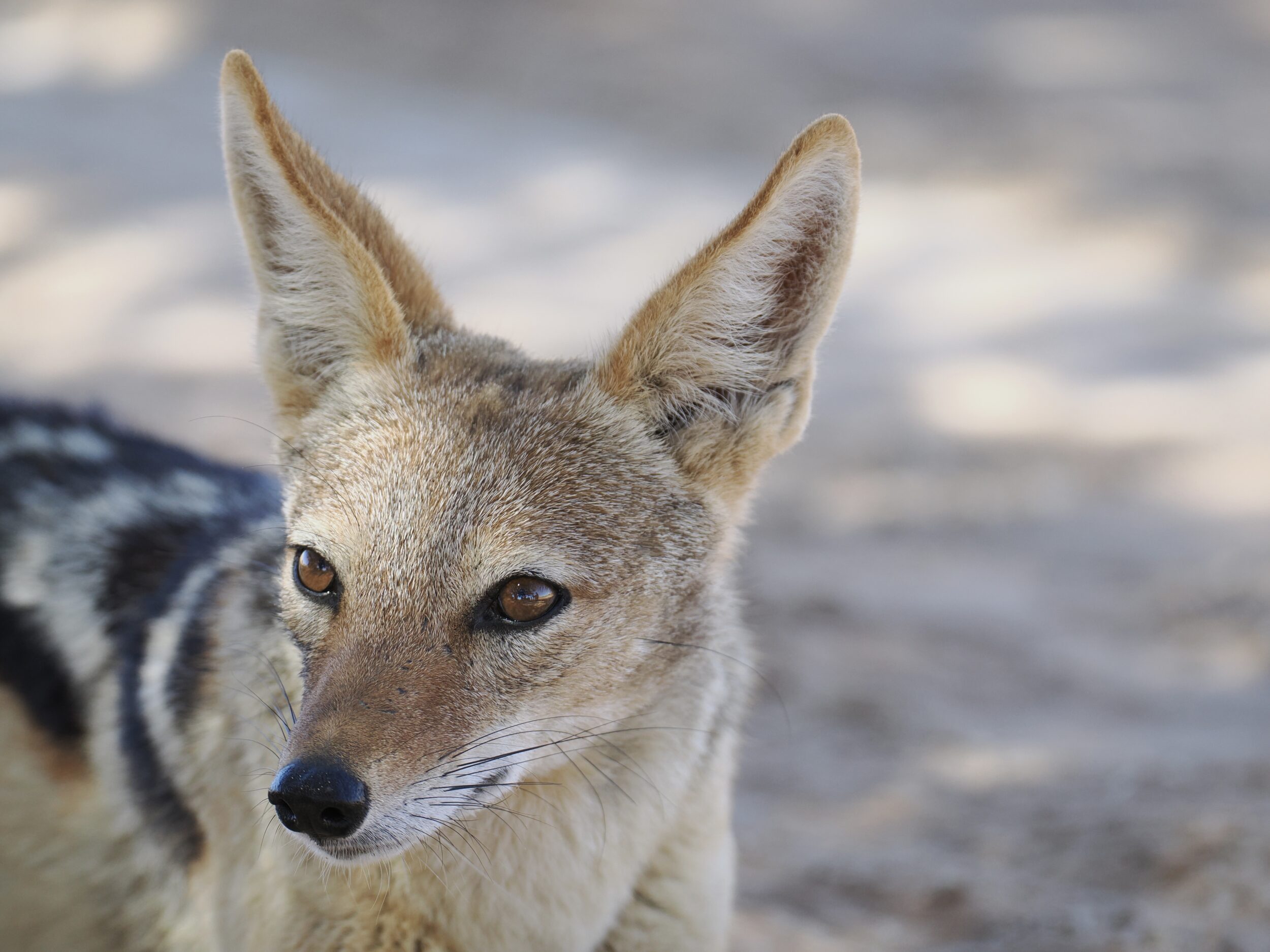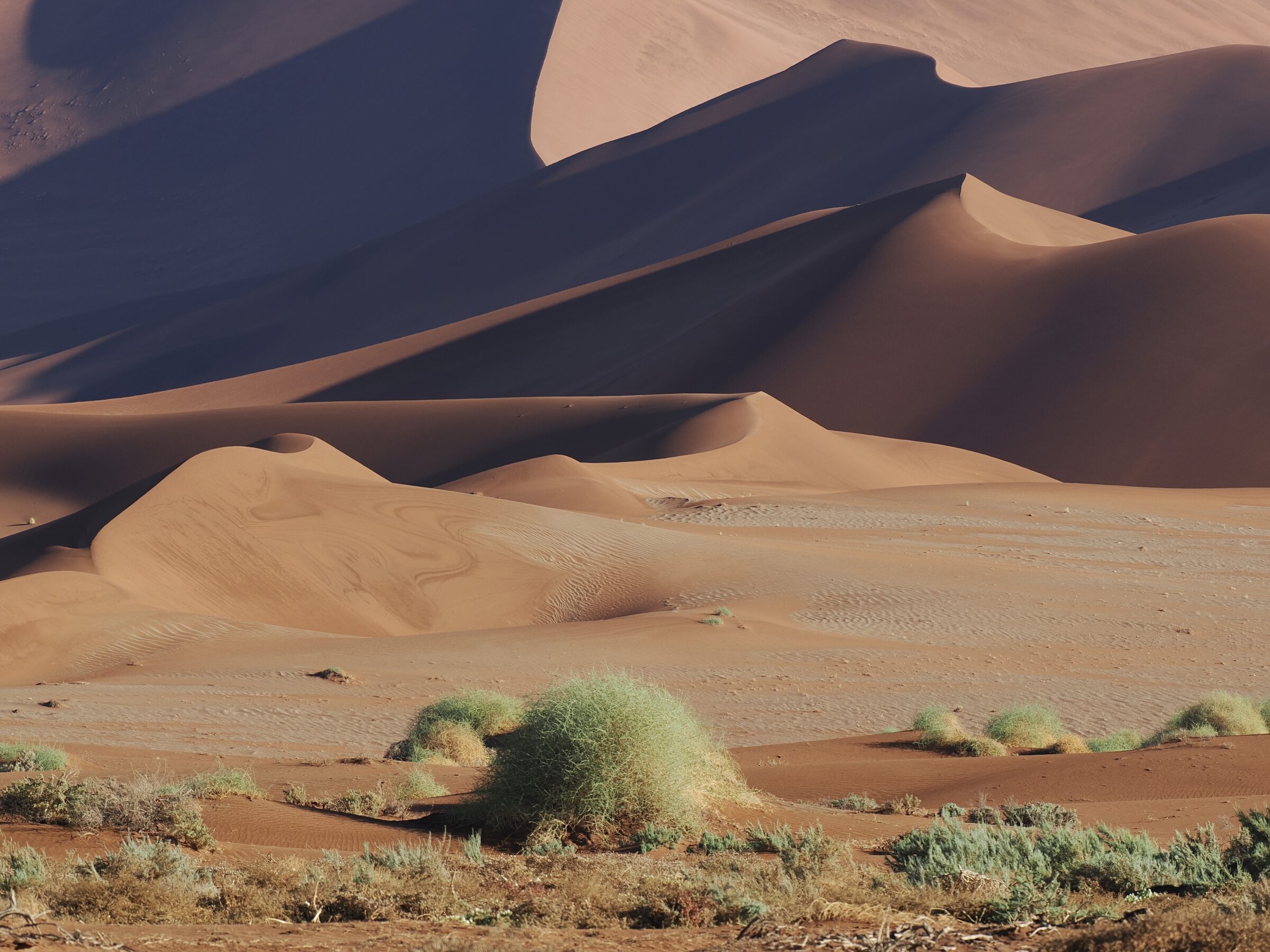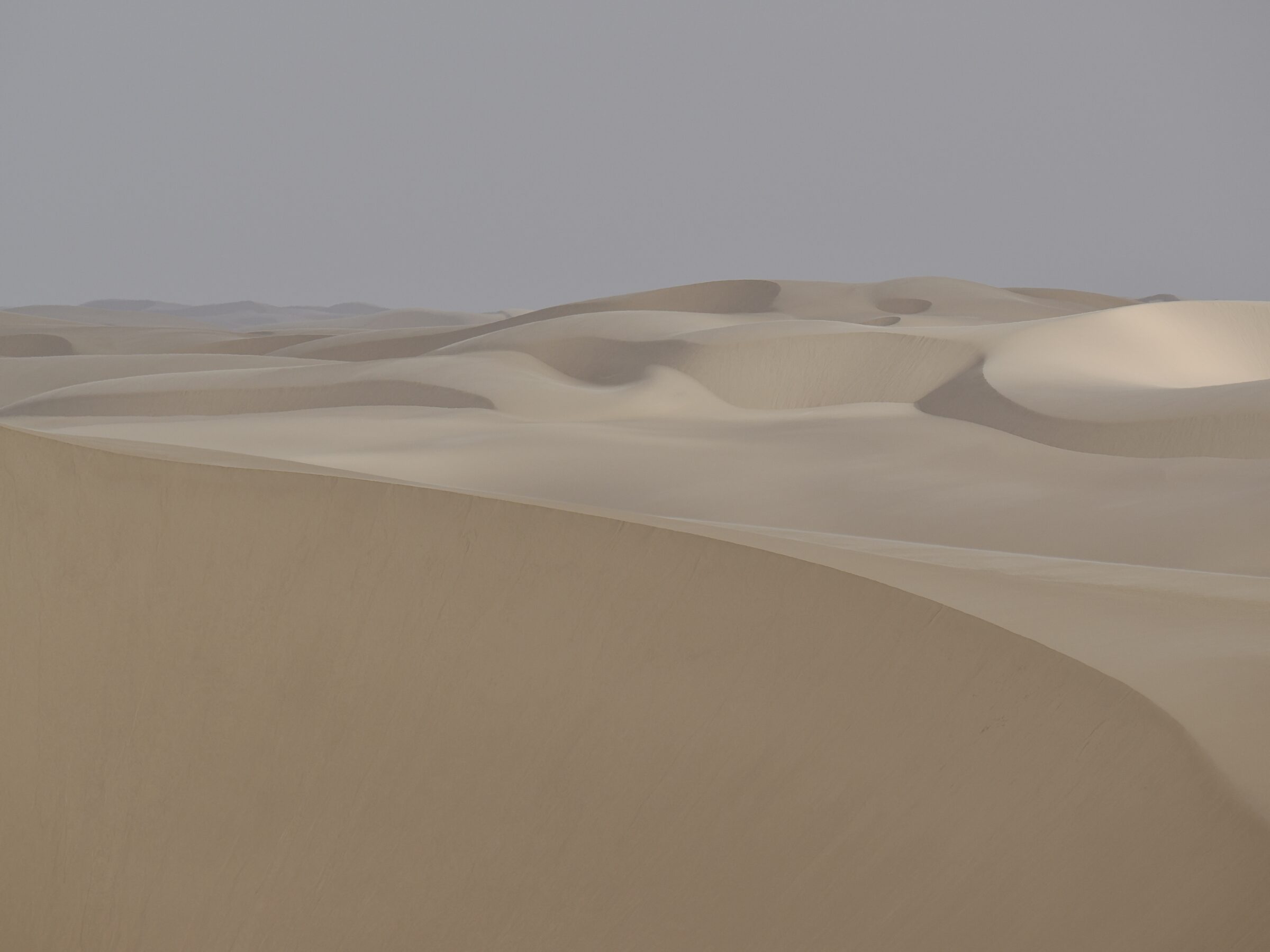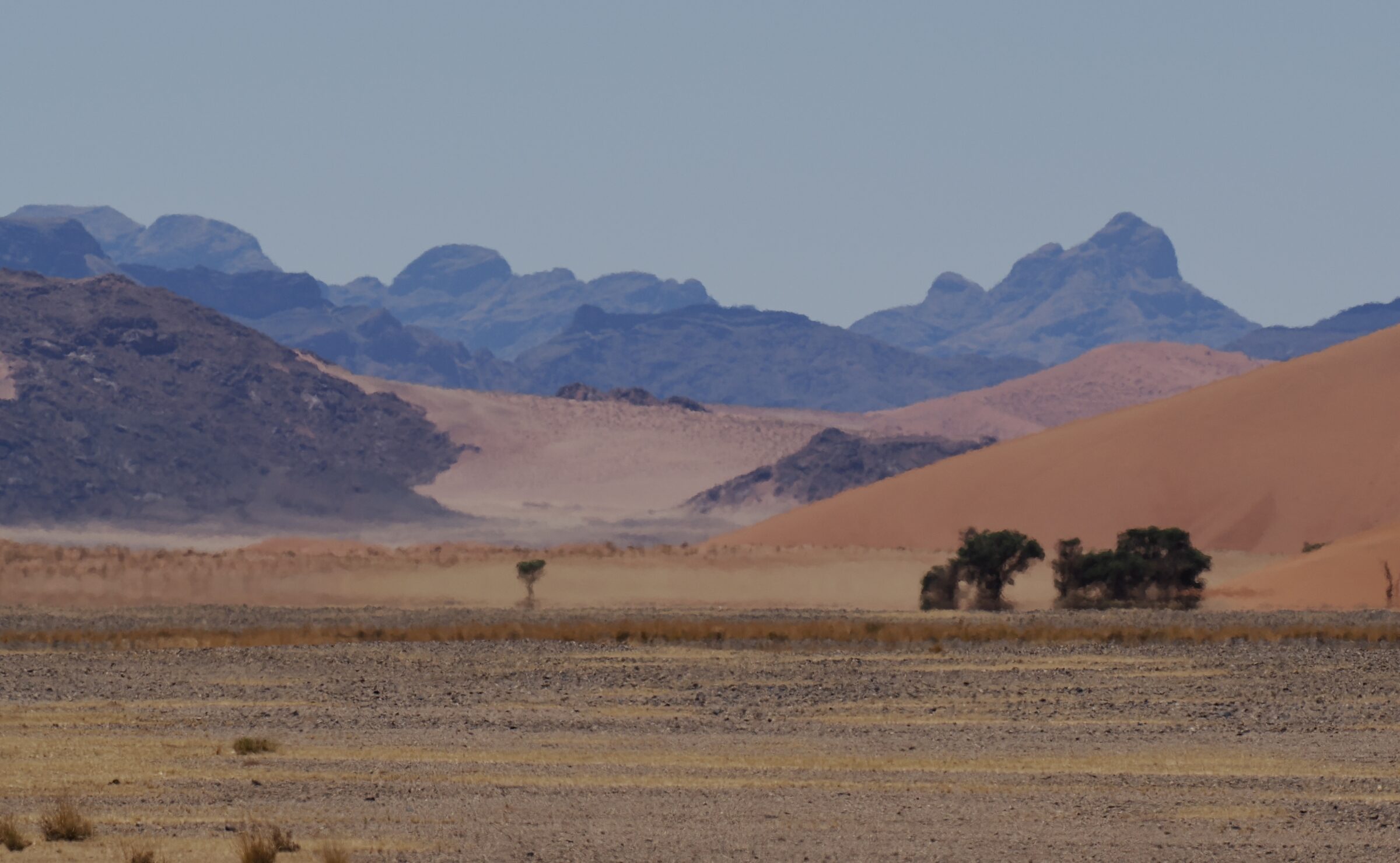Also starring a fine example of “sleepless rust”, this post’s featured image is much easier to “read” than was the immediately-preceding, teasing post’s.
Obviously, here, you are looking at a shipwreck.
No reliable figure is even possible, but it is generally reckoned that Namibia’s Skeleton Coast is the world’s largest “ships’ graveyard”.
At least several hundred vessels – quite possibly, more than one thousand – have succumbed to its “treacherous” mists, turbulent waters, “carnivorous” rocks.. and to its utter remoteness.
For several centuries, sailors who outlived their ship would, inevitably, soon share its fate – on a shore where rain hardly ever falls and no rivers permanently flow.
Until well into the 20th century this was a place no road reached, and where no humans lived.
Even so, whales have provided far more of the Skeleton Coast’s skeletons than have ships and sailors.
